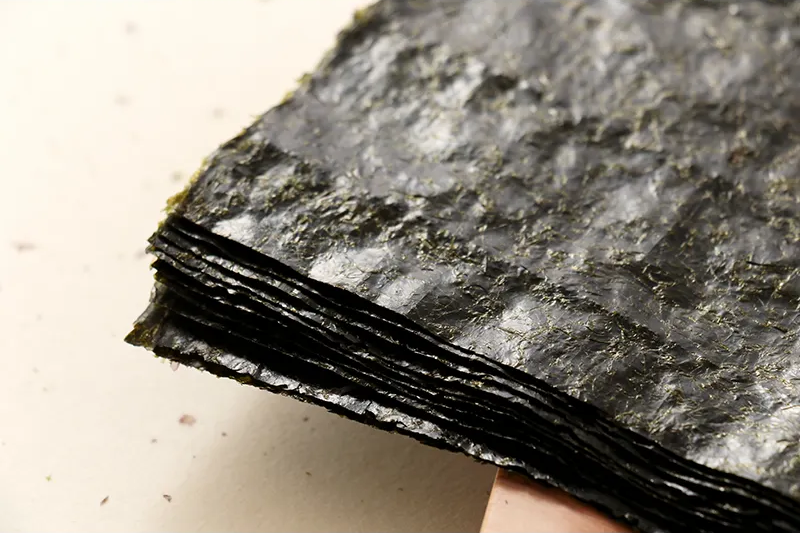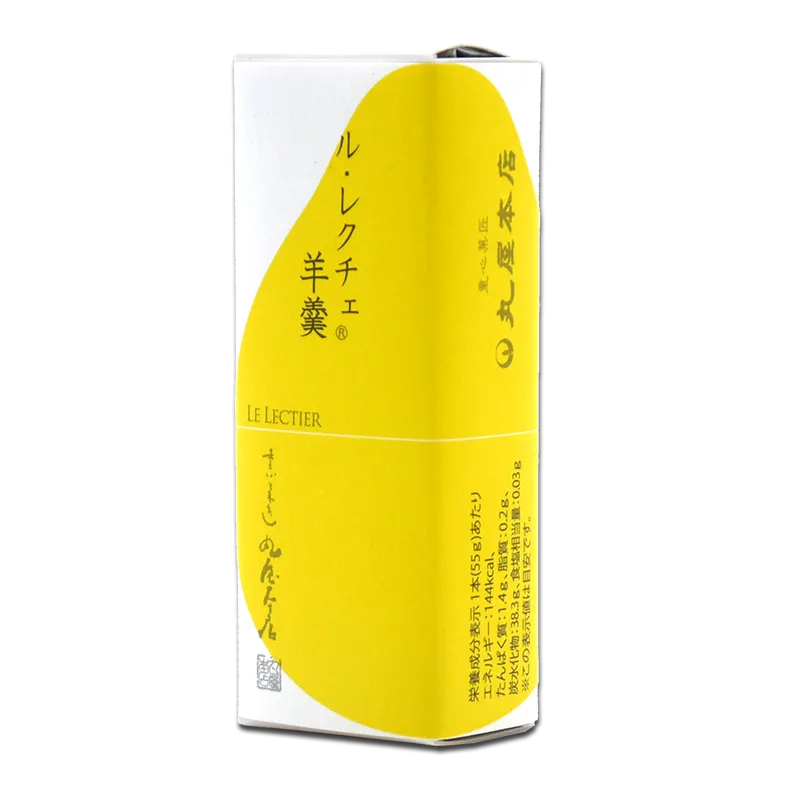The blog — Tradition
L'anpan, c'est quoi ?
Le 4 avril, c’est le jour de l’anpan, cette petite boule de pain remplie de pâte de haricots azuki sucrée, l’anko. Est-ce encore une date décidée sur un jeu de mots à la japonaise ? Pas du tout, on est là dans une authentique commémoration ! Tout commence par Yasubé Kimura, dont tout l’internet anglophone vous dira qu’il est un « ancien samourai », alors que pas du tout : il est né dans une famille d’agriculteurs ! Il rêve d’échapper à l’agriculture et de monter à la capitale, mais n’a pas encore d’idée précise de quoi y faire, il travaille donc à droite et à...
Shunbun no Hi (l'équinoxe de printemps)
Le Japon a actuellement 16 jours fériés. C’est beaucoup, pensez-vous, puisque la France n’en a que 10. Ça pourrait être plus, puisque le mois de juin n’en a toujours pas. Mais ne parlons pas des choses qui fâchent… La plupart de ces jours fériés proviennent du calendrier lunaire divisant l’année en 4 saisons, elles-mêmes divisées en 6 parties, soit un total de 24 segments qui servent de repères pour les travaux agricoles et les célébrations s’y rapportant. Le seul jour férié du mois de mars est l’équinoxe de printemps (le 20 mars), où l’on fête la nature dans son ensemble....
Hinamatsuri, It's Not Just Dolls!
Hinamatsuri, the "Doll's Festival," is associated with girls, while Tango no sekku, "Children's Day," is more associated with boys. But did you know that both of these celebrations are derived from Chinese numerology? Getting an even number by adding the same odd number of the day and month (thus 3/3 and 5/5) was considered bad luck, so what better way to ward off misfortune than with a festival! And as is usual with traditional festivals and celebrations, they originally had an agricultural origin. In this case, it's a celebration of the peach tree, whose flowers bloom at the beginning of...
Why Choose Mikuniya Products?
Since the 17th century, Hiroshima Prefecture has been renowned for its cultivation of nori seaweed in the vast fishing grounds of the Seto Inland Sea. The quality and taste of the seaweed owe much to the cultivation process and the quality of the waters in which the seaweed is grown – one is tempted to use the word "terroir" –, so the region has something unique, a competitive advantage that it has continued to exploit to this day. When land reclamation eliminated the tidal flats used for cultivating nori, new techniques emerged, such as net farming on wheels and lifting...
Recent articles
Categories











